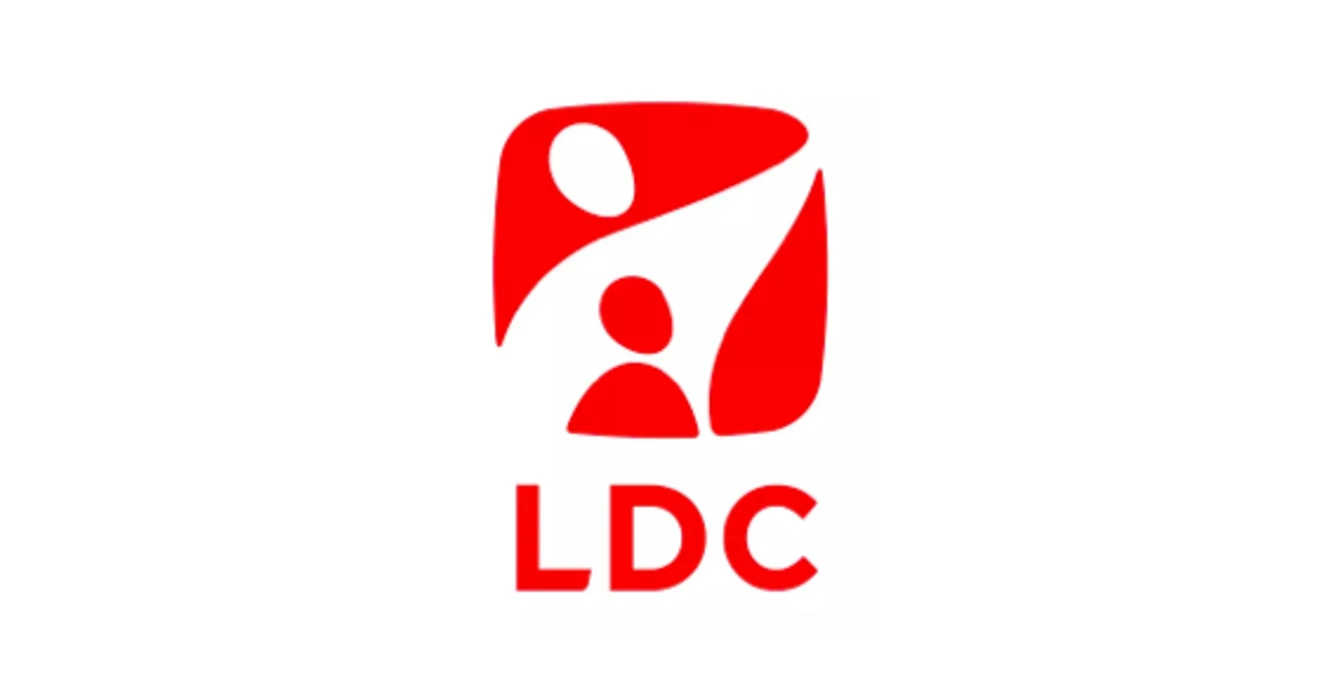LDC SA
Key Information
HQ:
France
Market Cap:
$2.62bn
Primary Market:
Europe
Business Type:
Protein Producer
Company Information
Company Summary
LDC is a France-based holding company engaged in food processing. The group provides poultry products, as well as a range of delicatessen food. Its poultry division is engaged in poultry breeding, pig and cattle farming and egg production.
Revenue
Total revenue:
$6.1bn
Revenue by Geography
Revenue by Protein
Revenue by Product Type
Disclosures
CDP ScoresLast Reviewed: 16/10/2024
| CDP Climate | CDP Forests | CDP Water |
|---|---|---|
| No | No | No |
Science Based Target initiativeLast Reviewed: 16/10/2024
| Target classification | Status | Date |
|---|---|---|
| Has not set SBT | - | - |

